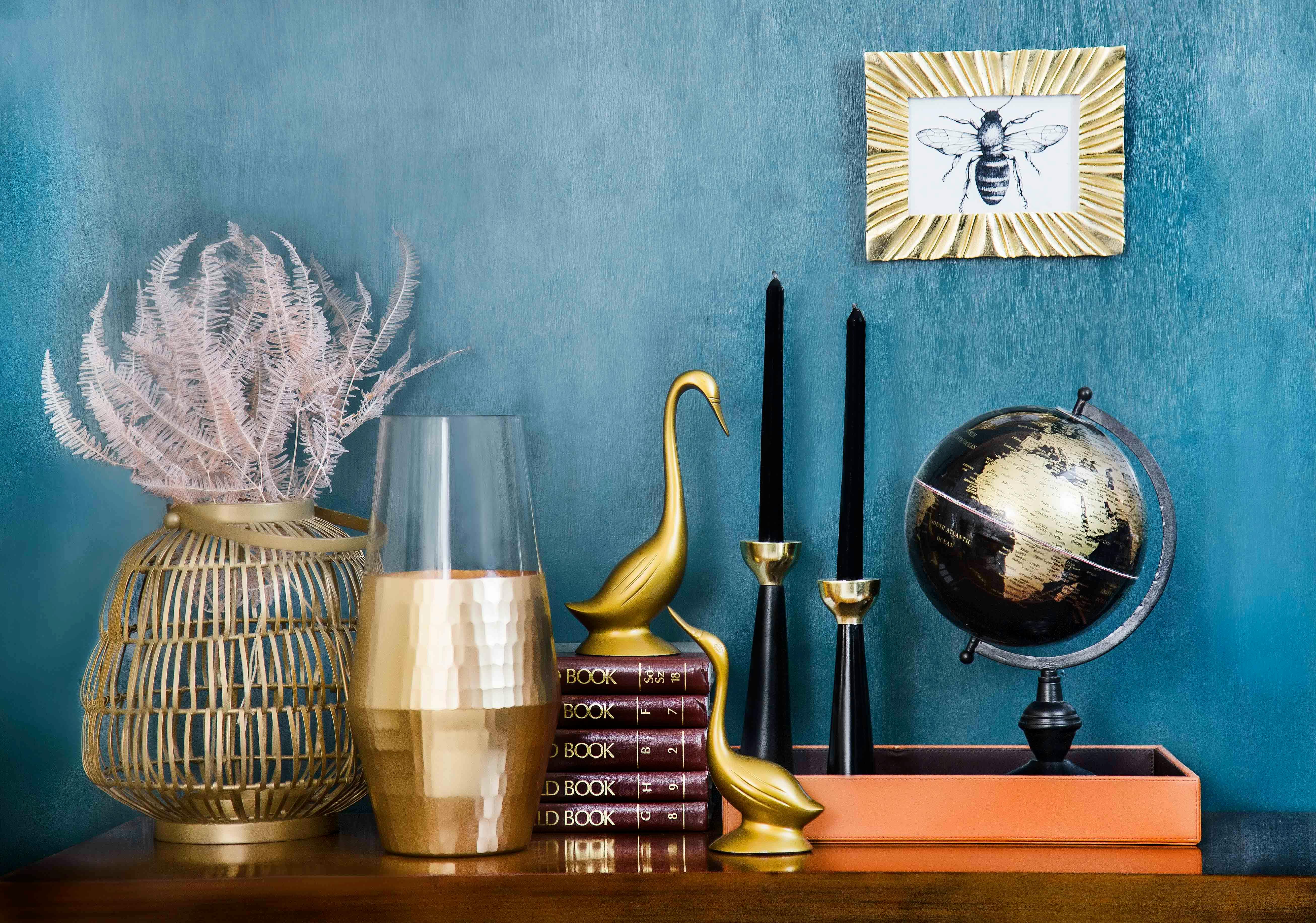The Ultimate Guide to Sustainable Home Decor for Eco-Conscious Living
The Ultimate Guide to Sustainable Home Decor for Eco-Conscious Living
Blog Article
Master the Art of Layering Textures in Home Decor for a Cozy Atmosphere
The ability to efficiently layer structures within home design is a nuanced skill that substantially adds to a cozy and inviting atmosphere. The choice of corresponding textures, from soft fabrics to all-natural components, is crucial in accomplishing this equilibrium.

Understanding Texture Fundamentals
When it involves home decoration, understanding the principles of appearance is important for creating a harmonious and welcoming area. Texture describes the tactile high quality of surfaces and can considerably affect the overall visual and feeling of an area. It includes a range of components, including patterns, products, and coatings. By attentively layering textures, you can include depth and passion, properly changing a level and unexciting setting right into one that is visually appealing and relaxing.

Selecting the Right Materials
Selecting the ideal materials is vital in attaining a well-layered appearance in home decor. The selection of products not only affects the general aesthetic however also influences the comfort and performance of the room. When considering textures, prioritize all-natural fibers such as cotton, bed linen, wool, and silk, which provide heat and a tactile high quality that synthetic products usually lack.
For upholstery, choose for durable textiles that can endure wear while maintaining their appearance. Velvet and chenille can add glamorous depth, while canvas and denim lend an even more laid-back feeling. Incorporating metal, stone, or timber can improve the tactile contrast, giving a based, natural aspect to your decor.
Furthermore, consider the weight and drape of materials when choosing drapes or tosses. Larger products can produce a comfy, enveloping atmosphere, while lighter alternatives can keep a ventilated feel. Accessories like paddings and rugs can present varied structures and patterns, enhancing the total split effect. Inevitably, the right product selections will certainly integrate with your design vision, developing an area that feels inviting and natural. Very carefully curating these aspects will significantly add to the ambiance of your home.
Layering Strategies for Deepness
Efficient layering strategies are crucial for creating depth in home decor, changing a level space right into one that feels abundant and inviting. To achieve this, begin by incorporating different structures that contrast yet match each other. As an example, compare smooth surfaces like glass or metal with softer materials such as woollen or bed linen. This creates visual rate of interest and tactile variety.
Following, consider the use of carpets. Layering rugs can properly define areas within a space, adding heat and dimension. A larger, neutral rug can work as a base, while a smaller, formed carpet includes prime focus. Likewise, strategically positioning toss cushions with varying textures and dimensions on couches or beds can boost depth and convenience.
On top of that, integrate building components such as shelves or framed artwork to produce upright layers. This not only attracts the eye upwards yet additionally provides possibilities to introduce additional appearances with decorative things presented on the racks.
Shade Sychronisation and Texture
In the realm of home style, accomplishing harmony in between color and appearance is critical for developing a cohesive and welcoming atmosphere. When attentively worked with, shade and structure can boost the visual charm of an area, developing deepness and interest.
:max_bytes(150000):strip_icc()/spanish-art-deco-home-tour-living-room-0120-2000-e206e51ef737424aaa6eab5f500f5b84.jpg)
Next, concentrate on texture. Soft textiles like velour or linen juxtaposed with difficult products such as timber or steel produce a dynamic interplay. As an example, a luxurious velour sofa coupled with a streamlined, metal coffee table introduces a tactile comparison that invites touch and expedition.
Furthermore, layering various structures-- like a woven carpet under a smooth table-- can further enhance the space. Keep in mind to click reference keep a natural look by restricting the variety of appearances and shades, which aids avoid aesthetic mayhem. By mastering the art of color sychronisation and appearance, you can develop a setting that really feels both unified and inviting.
Seasonal Structure Transitions
As the periods modification, so as well ought to the textures within your home to show the evolving environment and state of mind. Transitioning your decoration from one period to another can produce a sense of quality and comfort, boosting your living area's overall appeal.
In spring and summertime, accept lighter textiles such as linen and cotton. These products advertise a windy feel and can be enhanced with vibrant patterns or refined appearances like stitched details. Include airy toss pillows and lightweight blankets to maintain a sense of relaxation.
As fall approaches, take into consideration presenting warmth through richer structures. Woollen, velour, and larger knits can offer comfort and comfort. Choose earthy tones and split textiles like chunky knit throws or delicious velvets to create an inviting atmosphere.
Winter calls for an even a lot more indulgent method. Incorporate layered textures with synthetic hair, thick wool, and deluxe materials - Home decor. These elements not only add depth to your decor however also invite warmth during chillier months
Conclusion
In verdict, mastering the art of layering textures in home decoration dramatically contributes to producing a cozy environment. Furthermore, adjusting appearances seasonally improves the overall aesthetic and convenience of the home.
The ability to properly layer textures within Continue home decor is a nuanced skill that considerably contributes to a warm and inviting environment.When it comes click here now to home decoration, recognizing the principles of structure is crucial for producing a harmonious and welcoming area. By mastering the essentials of texture, you lay the foundation for even more advanced layering methods, leading to a well-curated and inviting home design system.
Selecting the right materials is crucial in achieving a well-layered texture in home design.In final thought, grasping the art of layering appearances in home decor dramatically contributes to producing a relaxing ambience.
Report this page